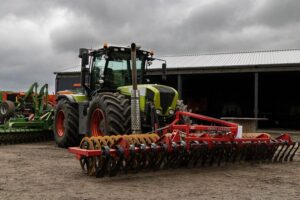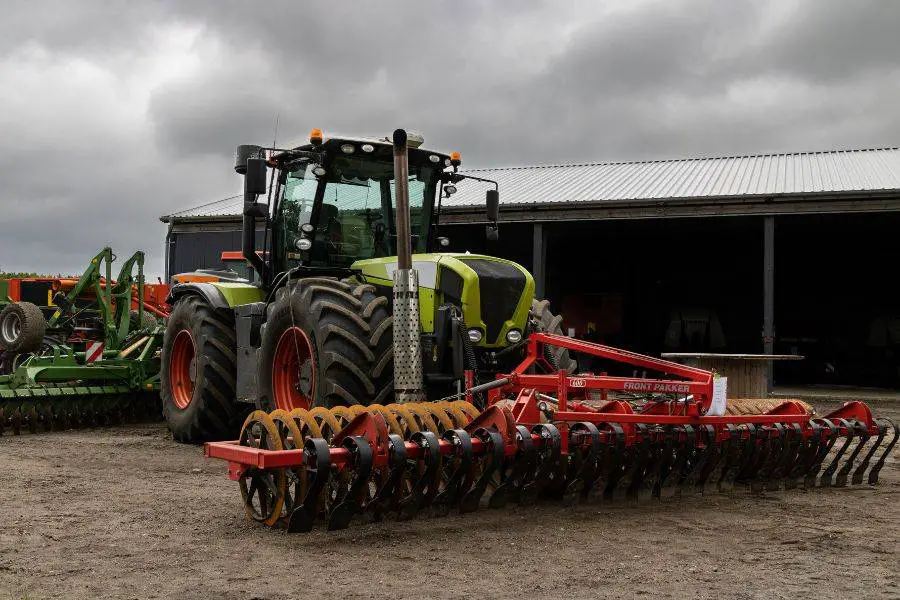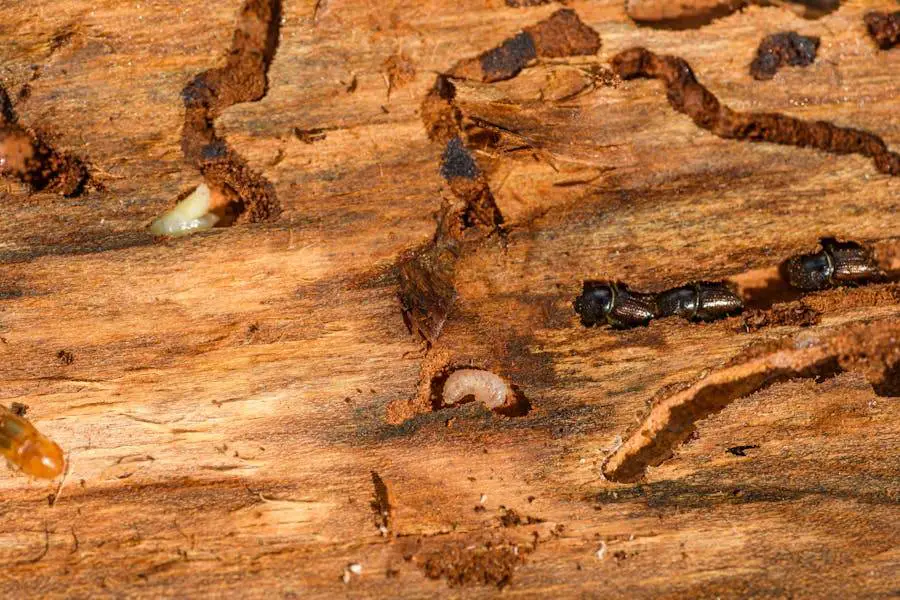Table of Contents
In the United States, subsoilers don’t come ready-made. You’ll get them in parts and then you have to put them together to make your own subsoiler at home.

This development leaves residents of the states no option but to build themselves. We bet you want to give it a try.
And you can get up to it as soon as we give you a low down on the tools and equipment and parts that you would need
Why Do You Need This Guide?
If you need better aeration in your soil, a subsoiler is your best bet. But for one reason or the other, you just have to make yours at home.
It could be that you want to save on the expense or build a really strong custom subsoiler that you are more certain about.
And maybe you just want to be proud that you built this stuff. Don’t worry this post has got you covered. So first off, what are the tools you’re going to be requiring to pull this off?
Parts You’ll Need
For this step-by-step process for making your own subsoiler, you need the following items;
- Main beam
- Top yoke
- Bolts
- The hitch
- A frame brace
- Grade 5 shear bolt
Step-By-Step Procedure
Suppose you don’t have a main beam with a chisel on it. You can make use of any sturdy beam and attach an anhydrous knife to it.
Main Beam
So, if you’re making use of a makeshift bream and an anhydrous knife, use appropriate bolts to secure the anhydrous knife to the main beam.
Secure this tightly preferably with grade 5 shear bolts to make sure that your subsoiler doesn’t buckle under even intense pressure.
However, If you’re using the main beam with a chisel already attached, you can skip to the next step.
Sliding the Hitch
Slide the hitch over the main beam and push it down, all the way to the lower holes. Line the holes of the hitch up properly with that of the beam.
Next, get two ⅝ by 2 ½ inch bolts with washers. Use these to secure the hitch in place.
Attaching the A-frame Brace
The next part is fitting the a-frame. This dense piece of metal that makes up the a-frame brace has two holes and you want to pay careful attention here.
The hole on one side of the a-frame is bigger than the other. And you need to make sure that you fit the hole that’s bigger with the hitch
However, you need to fix the top part first. Here you need another ⅝ and 2 ½ inches bolt to secure the top part of the brace.
The other end of the brace should line up well with the hinge. It’s going to be somewhat loose and that’s fine.
Now as you attach the bolts, you shouldn’t tighten anything up just yet
The reason why you shouldn’t tighten all the fittings yet is that if there is ever a need to adjust the parts of the subsoiler, it’s going to be easy to carry out. You wouldn’t then have to loosen up the parts to make it fit properly.
Now slide the lift pins in the unoccupied holes of the a-frame brace.
Next, you’ll be needing a ⅝ by 7/16 bushing. this has to go in the hole on the middle level that’s closer to you considering that the anhydrous blade or chisel of the subsoiler is facing you
Note: on the Main Beam the holes are in three levels. The topmost level has one hole which is where the smaller part of the a-frame brace goes.
Then, there is the middle level with two holes that take up the shear pins and the top yoke. While the last set of two holes allows you to fit the hitch
Now it’s time for the top yoke. The welder piece of the top yoke goes towards the front.
Fit the top yoke so that the hole aligns with the first where you just inserted your bushing and then fit the shear pins in there as well. The shear pin is usually a grade 2 or 3; 7 by 2 ½ inch shear bolt
You might have been wondering what the last hole on the piece is for. Well, we’re going to utilize that now.
The stop bolt goes here. And if your move the top yoke up and down you’ll realize that it’s the stop bolt here that prevents it from going down all the way
Now you can tighten up all the bolts. And your subsoiler is ready.

Considerations
Don’t compromise on the quality of the parts. You’ll be using this tool to work with one of the toughest elements of nature.
Hence it needs to be as strong as possible. Lack of quality can lead to buckling of the tools and a general lack of usability
But even when you have a beast of a tool for subsoiling. Not all soil is worth the use of your subsoiler.
For instance, the soil might appear compacted. But it is productive, resists tough weather and has good internal drainage, it doesn’t need a subsoiler.
Tweaking Your Subsoiler to Lay Water Lines
Actually, you can use a subsoiler to lay water lines. And making your subsoiler yourself means you can quickly tweak it to perform that need.
You only need to make some modifications to what you already have. So what you want to do is attach a high-quality plastic pipe to your subsoiler attachment.
Now here’s how to go about it. You’ll want the pipe you use to be a 90-degree elbow with the longest side along the length of the subsoiler.
Now the only problem will be making the pipe stay on the subsoiler beam. For these, you need to clamp the pipe to the subsoiler.
Also, to make the pipe sturdy and resistant to any forces within the ground while you work you should reinforce the opening of the pipe that goes into the ground.
How Deep Should a Subsoiler Go?
You should ideally run a subsoiler at about 25 mm below the compacted area of the soil. It’s not safe to go any deeper than that.
Meanwhile, hard pans are generally around 305 mm in thickness. So at most your subsoiler should be running through the ground at 330mm deep.
What’s the Difference Between a Subsoiler and a Chisel Plough
The subsoiler is highly distinguishable among farm tools and pieces of equipment. It has got a single chisel.
On the other hand, the chisel plow has got several chisels. Although they serve similar purposes, the subsoiler tends to go deeper and solves the issue of soil compaction while still maintaining crop residue better.
It usually takes another four years before you would need to use a subsoiler again after one application.
Conclusion
So whenever you’re ready to put your own subsoiler together, don’t forget to take the quality of the materials into consideration.
You really don’t have to purchase a whole subsoiler from John Deere or Kubota. It can be fun, less expensive, and might give you the fulfillment of making your own stuff.









![Replacing Saddle Valve With Sharkbite [Full Guide] Replacing Saddle Valve With Sharkbite [Full Guide]](https://homesteadandprepper.com/wp-content/uploads/2021/10/Replacing-Saddle-Valve-With-Sharkbite-150x150.jpg)